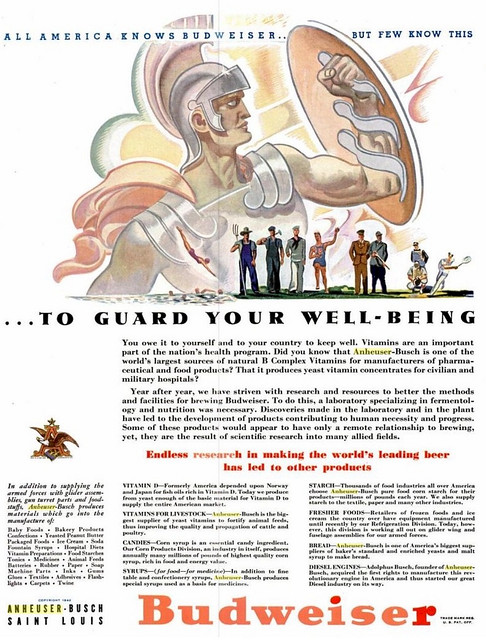![]() vs.
vs. ![]()
Monks famously fasted for the forty days of Lent by supplementing their lack of food with liquid bread; beer. But how long could you really go without food, and especially water? In this interesting article, io9 tackles the question Could you drink beer instead of water and still survive? If the world ends in a nuclear fireball, I want to know how useful my beer cellar’s going to be as part of my survival plan.


















